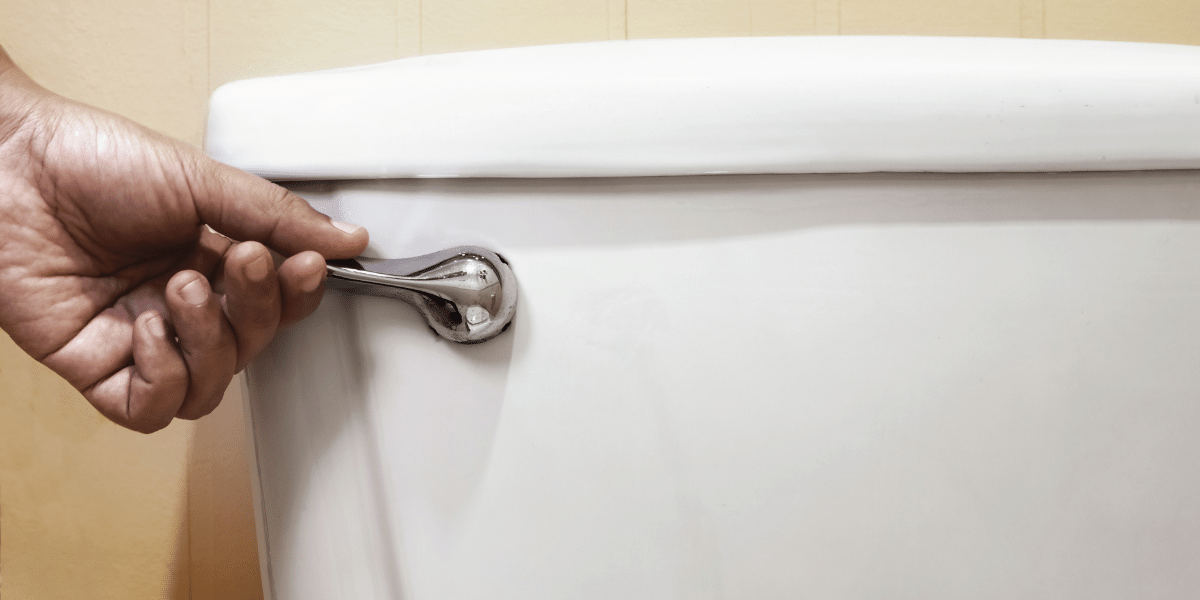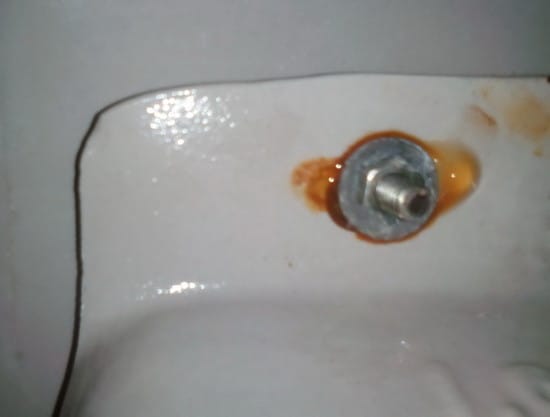Identifying and Fixing Bath Water Leaks: Helpful Tips
Identifying and Fixing Bath Water Leaks: Helpful Tips
Blog Article
Almost everyone may have his or her own thinking with regards to Leaking Bathroom Repair Expert.

Shower room leakages are annoying as they disrupt your day's strategy. They vary in severity relying on the source of the leak. Yet, you should prioritize them, as they can swiftly get worse. It is an alleviation that the majority of bathroom leaks are easy to repair as well as find, with very little expense ramifications.
Having a water leak in restroom can be stressful to the homeowner. Yet dealing with the leakage ends up being a very easy issue if you understand what to do. This post is important as a home overview to detecting and also fixing a water leak in bathroom. It does not change the requirement for professional experience. The post serves as a "first aid" when you need an emergency feedback to a water leak in bathroom.
Detection as well as Repair Work of Water Leakage in Bathroom
Water leakage in bathroom typically arises from plumbing as well as pipeline faults. There are numerous types of shower room leakages. You may need a standard knowledge of these leak kinds to detect the water leakage in bathroom. Right here are the usual restroom leakages and also repair ideas:
Sprinkle Leaks
These typically result from water spilling on the restroom floor from the bath tub. It issues of using a bad shower curtain or worn tub cellular lining. It harms the washroom floor as well as may trigger rot to wood floorings and also washroom doors. The water generally swimming pools around the bathtub or shower. This may lead to even worse washroom damage without timely handling.
What to Do
If the leakage has actually damaged the restroom floor or door, you might require to change these to prevent additional damage. The excellent information is that you can include a plumbing professional to aid with the shower room repair service.
Toilet Leaks
Sometimes, water leakages from the bathroom and swimming pools around the commode base. It is an eye sore in the restroom and requires prompt attention. In some cases, it arises from a loose connection in between the storage tank and the commode. This causes water to trickle from the cistern to the floor. It might likewise result from cracks in the toilet bowl or a malfunctioning shut-off valve.
What to Do
You only need to tighten them if there are loose bolts between the cistern and also commode. Occasionally you may require to reapply wax on the gasket or hire a washroom leak expert to change used or damaged parts.
Clogged Washroom Sinks
Often, the water leakage in shower room results from sink clogs. It is simple to deal with obstructions, as well as you may not require professional skills.
What to Do
You can use a drain snake to eliminate the debris in the drainpipe and let the stationary water circulation. Drain pipes cleansers are also available in stores and are easy to use. A plunger is likewise helpful in clearing your drain. It is a common home tool as well as is available in helpful in getting rid of annoying blockages in sinks as well as drains pipes.
Conclusion
Water leakages in the restroom are preventable occasions in the house. Maintenance and also routine checks help to keep everything in great shape. You can never ever be too cautious, and also these events still occur. When they do, fix them immediately, or involve the services of a professional.
The post serves as a "initial help" when you need an emergency response to a water leakage in bathroom.
Water leak in bathroom typically results from pipes as well as pipeline faults. You might require a fundamental knowledge of these leak types to detect the water leak in washroom. It harms the washroom floor and also may trigger rot to wood floorings and also shower room doors. In some cases, the water leakage in shower room results from sink clogs.
Water Leaking in the Bathroom Wall
A GUIDE TO FINDING LEAKS IN BATHROOM WALLS
Paint or Wallpaper Peeling: This sign is easily spotted, so it cannot be missed. A leak in the wall can lead to wallpaper that separates along seams or paint that bubbles or flakes off the walls. Musty Smells: The damp flooring and plaster inside the wall grow an odor similar to wet cardboard as water slowly drips from a leaky pipe inside the wall. You can find leaks hidden beneath a musty odor. Growing Stains: The interior of a wall affected by a leaky pipe sometimes becomes infested with mold. Often, your indicator of a hidden plumbing problem is a growing strain on otherwise clean plaster. Structural Damage: Do not overlook constant moisture inside the walls of bathrooms when ceilings or floors become structurally compromised. Water-damaged walls can damage adjacent surfaces and stain flooring and ceilings. Unusual Discoloration: The wet spots may eventually dry when a leak penetrates deeper inside a wall. The stains they leave behind are paler than the adjacent paint or surface. Dripping Sound: It is common to hear dripping sounds inside walls when water runs down them. A squeaking noise can be heard while turning off a valve in a sink, bathtub, or shower. When flushing the toilet, you may also hear this noise. A GUIDE TO REPAIRING WATER LEAKAGE
Verify The Wall Leak: Shut down your main water supply and note the reading on your water meter. If the meter reading rises after a few hours, the leak is inside the house. In the absence of any changes, the leak may be the result of clogged gutters or drains. Turn off the water: You can turn off the water after you confirm the leak is within the walls. If you’re beginning repairs, drain as much water from the pipes as possible. Find & Fix The Leakage: Locate the wettest area on the wall with a moisture meter or infrared camera. Patch kits can stop the leak, but the fix might only be short-term. In the next few days, double-check the area to ensure the leak is no longer present. Removing mold and cleaning all surfaces: Dish soap and warm water should be used to clean affected areas. Bleach and water are recommended for disinfecting nonporous surfaces. Fan and dehumidifier running will speed up drying time. Remove mold growth immediately from walls, ceilings, and other surfaces. https://wlstaton.com/how-to-find-and-repair-water-leaking-in-the-bathroom-wall/

We had been guided to that article on How to Check for Bathroom Leaks through an acquaintance on a different site. Sharing is good. Helping others is fun. Thanks so much for taking the time to read it.
Hot water gone? Dial here. Report this page